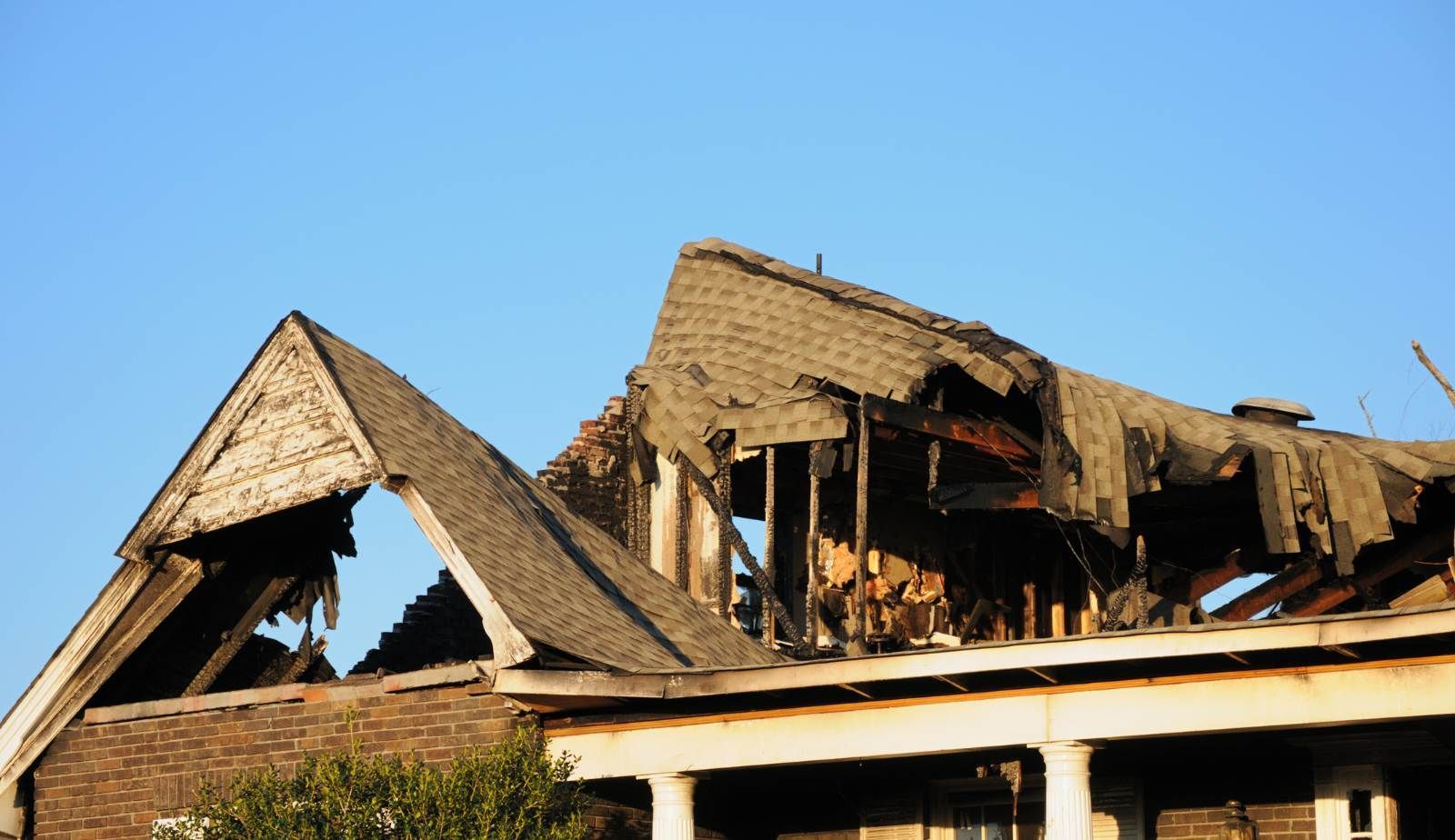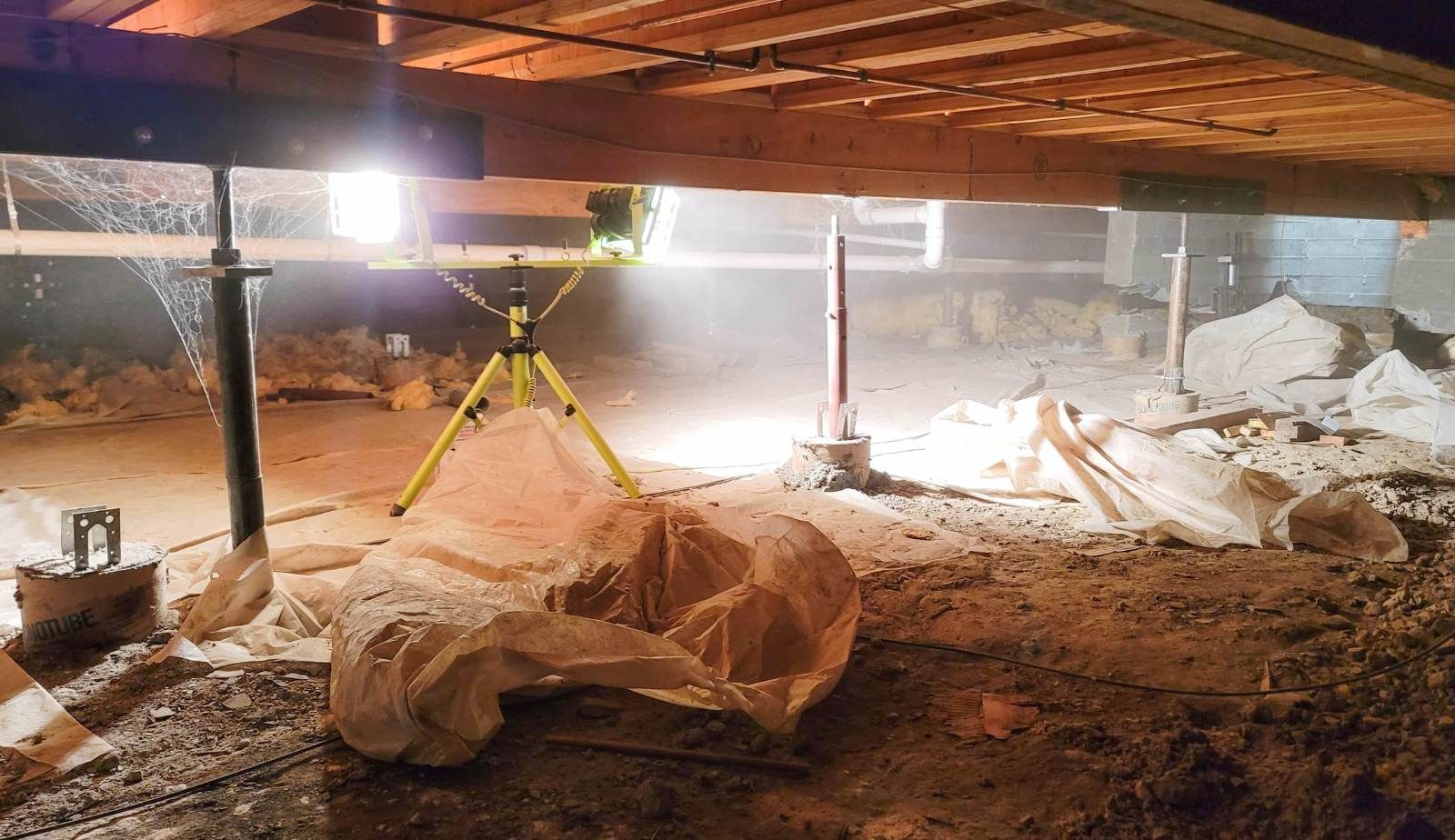How to Protect Your Louisiana Home’s Foundation from Water Damage
Keeping Your Home's Foundation Healthy
The health of your house can be traced back to its foundations. Foundations didn't get their name for nothing - they are the start and end of a building's structural integrity. One major problem that you could face is water getting into your foundation, which leads to mold growth, erosion from moisture content in wood (which will lead cracks), or other problems like cracking as well due to expansion/contraction when there’s too much cold weather outside with no protection inside walls.
So what does a foundation do, and why is it so important?
A foundation is the most important part of your house. It provides stability and prevents sinking after heavy rains or earthquakes, which can cause structural damage to your home – especially here in Louisiana. Foundations also help insulate you from harsh weather conditions by keeping it a safe distance away from nearby trees that could be struck at any time by lightning strikes or strong winds with high levels of moisture in them; this will reduce water infiltration into your walls, saving on heating costs for winter months while maintaining an even temperature throughout the year.
Why Should You Keep Water Away from Your Home’s Foundation?
Water can accumulate around your home's foundation in many ways, from pipes bursting to summer storms bringing on flash floods. Water is perilous for foundations because it expands and shifts the ground - which can lead to a weakened or buckling foundation that water will seep into. Without proper diversion of this water away from your house, you run the risk of mold growth as well as other damages like electrical problems.
Tips on Keeping Water Away from Your Foundation
One of the best ways to keep water away from your Louisiana home’s foundation is by regularly cleaning out your gutters. You should also check where they are depositing rainwater, and make sure it's at least ten feet from the edge of or near any part in contact with a building. If leaves block them up, you'll have trouble when there's heavy rainfall because that will cause overflow spilling over onto whatever surface it can reach.
Plant Flowers and Bushes Along the Foundation
Louisiana folks love colorful flowers, so use them to your advantage! Planting native bushes and flowers around the edge of your home is an underrated way to protect its foundation. These plants will shoot down roots that act like natural retaining walls, holding it in place as if they were clay bricks or concrete pieces. Planting indigenous species at the perimeter of one's house can be a great protective measure against erosion because these types of vegetation are what keep dirt from slipping away like sand does without any support systems underneath. Just be sure to plant far enough away from the house to avoid damaging your siding. This will also minimize wood destroying insects nesting next to your home.
Use grading to direct water away from your foundation
The ground around your foundation is important to keep graded properly. By grading the land away from home, sloping at least 6 inches every ten feet, you are making sure that water flows away and not toward the foundation. This ensures protection against flooding or excessive moisture in any form: sprinkler systems or rainwater above and below ground can be harmful for a house’s foundations if too much accumulates near it so by keeping grades maintained homes have less chance of being damaged.
Install a sump pump
A sump pump is a device that works like an automated storm drain. It’s installed in the lowest point of your home, usually in the crawl space or basement and idles when not much water accumulates around its foundations. When too much water builds up during storms or floods for example, it activates to channel out this excess into nearby drains before flooding can occur inside your house. These are common equipment found in hurricane-hit states like Louisiana, but should be purchased by every homeowner since they provide some degree of protection against future emergencies where high amounts of rain may cause extensive damage on homes throughout urban areas with limited drainage systems.
A Safe Foundation Helps Keep Your Family Safe
In a world where some people are still unfamiliar with the concept of water damage, it can be difficult to tell when your foundation is starting to become compromised. So what should you look for? Signs that usually point towards trouble include mild discoloration on surfaces like concrete, or crumbling mortar in between bricks and stones as well as signs of sagging joists under staircases and porches. Finding these early warning signs could mean preventing some serious consequences later down the line!
If you need a company you can trust, give us a call. One of DryMax Restoration’s Water Damage Experts can assess your foundation and determine if you have water damage or mold. Contact DryMax Restoration today.
You might also like
DryMax Restoration Blogs




